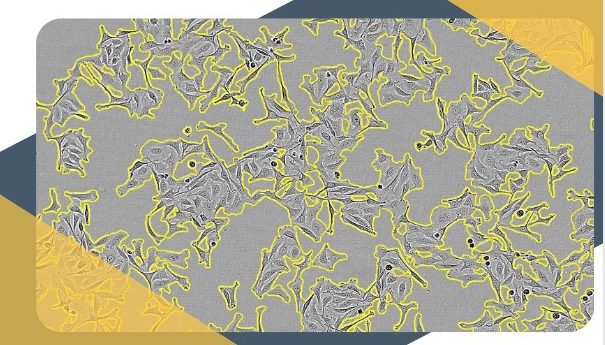eBook: Bioimaging and analysis

This eBook rounds up some of the key features from our recent Spotlight on bioimaging and analysis, examining the impact of deep learning on bioimage analysis and how AI has changed the drug discovery space, before revealing some of the key trends in bioimage acquisition and analysis.
Discover the opportunities that cutting-edge live-cell imaging technologies have opened into the exploration of cell subsets, heterogeneity and morphology.
- Introduction
- News: VascuViz: a novel method to uncover the secrets of blood vessels
- Interview: Bioimage analysis: has deep learning changed the game?
- Ask the Experts: The impact of artificial intelligence in drug discovery
- Application note: Advanced label-free classification of cell morphology subpopulations
- Infographic: Key trends in image acquisition and analysis
- White paper: Live-cell analysis of cell subsets and heterogeneity
- Panel discussion: Bioimaging & analysis
The goal of bioimaging has always been to capture the maximum amount of information about a biological process, with the minimum amount of interference. To achieve this goal there are two key aspects that need to be operating well: imaging instrumentation, to capture high-resolution images in a minimally invasive manner; and the image analysis methods, to extract as much information as possible. When working in tandem, these techniques can act as a powerful tool for therapeutic development and the advancement of personalized medicine.
However, the pursuit of more accurate models for disease and basic biology has led to more complex, 3D subjects for image capture and the need to capture processes real-time in live cells has driven the instrumentation to become more sophisticated. These systems are capable of delivering highly complex, detailed images that require cutting-edge analysis models to mine the maximum information from each biological sample being evaluated.